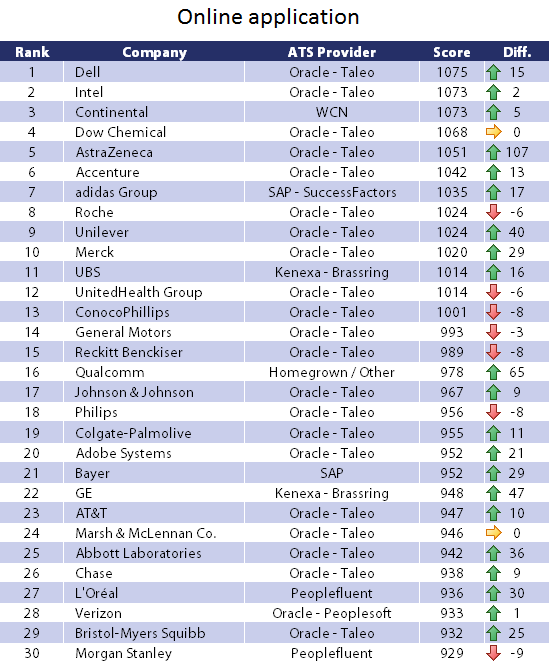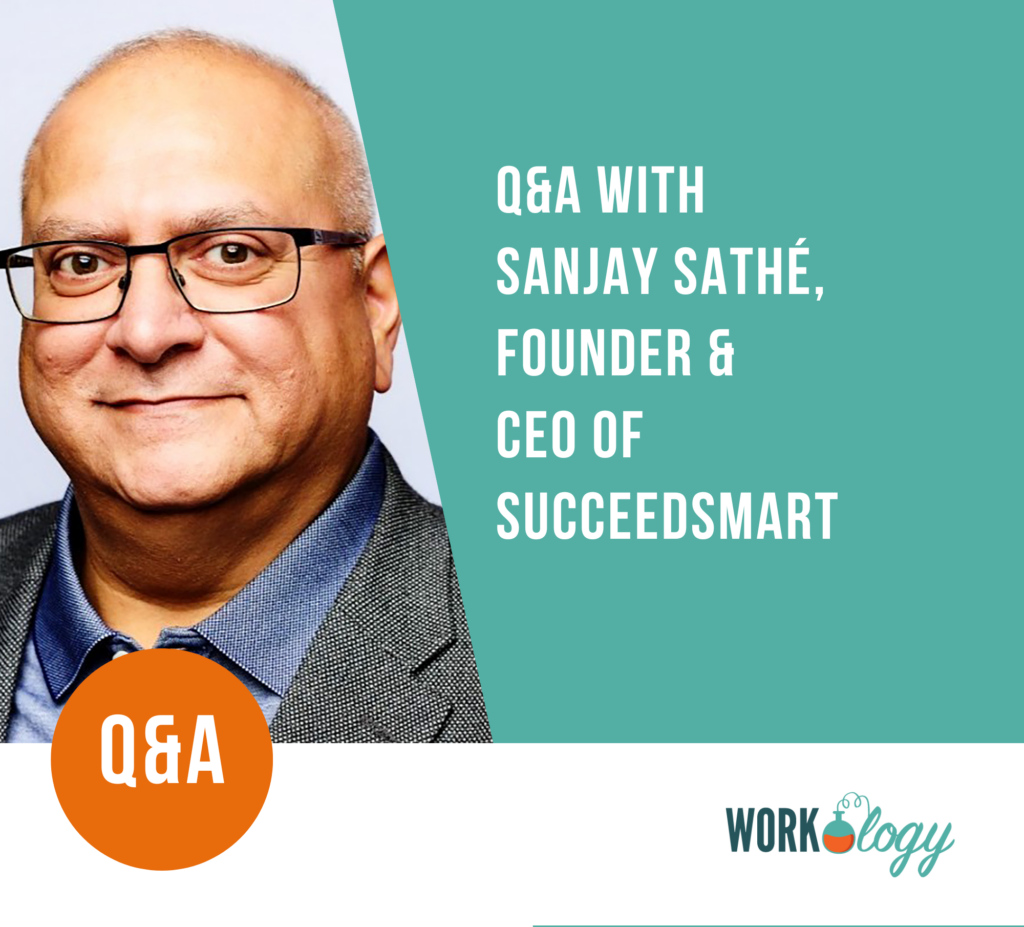PotentialPark’s latest research demonstrates not only the growing prevalence of mobile devices in job search and information-gathering activities, but also the increasing importance of targeted guidance and advice for job seekers at the early stages of their career. Today’s generation continues to demonstrate the need for career guidance and access to highly personalized information about potential employers.
Through surveying more than 23,000 job seekers across more than 100 countries and analyzing hundreds of employers’ career communication channels, Potentialpark can now share what Online Talent Communication looks like today and how it may look in the future.
With an increasing number of online communication channels, career websites are the nucleus of a multi- or omni-channel strategy. In 2014, Accenture, General Motors and Credit Suisse benefit from career websites that match the job seekers’ expectations and needs best.
Career Sites and Website Beats Social Media
More job seekers are turning to Social Networks and Professional Networks to complement companies’ career websites. At the same time there is a growing trend of future talent reaching out for guidance in different phases of their job search. More than before, young applicants want to learn about themselves, the company and possible career paths; there is one caveat however, they are wary of drowning in information.
Today’s job seeker wants to-the-point and personalized information and communication. Companies are responding to these needs with matching tools, online assessments, blogs and videos to help job seekers self-identify. These findings underline the fact that most applicants are looking for a career and not for a job.
Based on an audit of 123 US company career websites, Accenture (+6 ranks), General Motors (+4 ranks) and Credit Suisse (+5 ranks) show to know best how to communicate with young applicants. They offer the most personal and efficient career websites in the US.
Young Applicants Prefer Personal Approach
Candidates expect more and more from companies that they show their know-how in an intuitive and educational way. The three main levels on which applicants need orientation are: Why work with you? What is the right career for me? What will this career really look like?
This orientation takes place on different levels throughout their job search: when visiting career websites, looking at job ads and reading about departments, roles and functions. The more personalized and contact-friendly this information is, the more likely both parties are to stay in touch over a longer period of time.
When analyzing the frustrations job seekers experience most when looking for a job, 79% (+4%) of the respondents answer: not receiving any updates/information after an application. This is followed by the waiting time to get response from a recruiter with 73% (+8%) of respondents. Even being regularly rejected is less frustrating than lack of communication for most job seekers (43%).
More Channels, Higher Expectations
Despite the growing number of communication channels, 80% of the respondents actively use career websites to find information about a potential employer, whereas 51% (+8%) use Professional Networks and 32% (+7%) Social Media.
Despite the importance of career websites, the growth of communication channels like YouTube, LinkedIn, Facebook and Twitter goes hand in hand with the increased expectations of job seekers. Prospective employees expect companies to provide homogeneous and complementary content on all channels.
The career website establishes itself as the main entrance to access job offers but also as the number one platform to discover jobs (47%). With 33%, job boards have slightly dropped in use (-3%) compared to 2013. Job seekers identify Facebook (15%) as the first channel after career websites and online application systems, as the medium companies should use to offer career related information and activities.
Losing Talent
PotentialPark’s findings demonstrate that a company’s career website is for 76% (-2%) of the US respondents, still the preferred way of submitting an application. Followed by email (56%, -9%), online job portals (46% +3%) and in person (45%, -1%). Professional networks like LinkedIn follow with 20% (+2%).
Though career websites are the number one place for applying for jobs (59%), complicated Applicant Tracking Systems (ATS) result in a dropout rate of 48% of applicants. Only 65% of job seekers in the US like to apply online. The top 3 frustrations they experienced most are: the time it takes to fill out a form, not knowing if their application will be read and not being able to complete it in several sessions.
Applicants dropping out, results in actual loss of talent for a company. The number of companies looking for easier and more efficient ATSs is growing. The average time job seekers expect when filling out an online application form is 40 minutes in 2014. One solution that 36% of US companies are offering is parsing information from LinkedIn: a candidate-friendly alternative for filling out long forms.
Potentialpark has audited 123 Applicant Tracking Systems of US companies to uncover what systems are most user-friendly. Dell has made great improvements in their online application system. Dell gained 15 positions and won this year’s US ATS ranking, followed by Intel (+2) and Continental (+5).
But, if companies want to be market leaders in attracting the right talent, they have to go mobile. Currently, 13% of the companies in the US provide some kind of mobile application. Soon, companies that only have a standard ATS, with no way of using mobile phones for job search and don’t offer the option to parse data from other sources will be lagging behind those first to adapt to the new reality of attracting talent .











3 Comments
Great article, thanks for sharing. Interesting how high the application abandonment rate is through Applicant Tracking Systems. Companies should take note to and ensure that their ATS is providing a great candidate experience.
This is IT solution website please visit this link http://eocean.pk/
Great insights! Where can I find this study? I’m interested in knowing exactly how this data was gathered. Thanks!
Comments are closed.